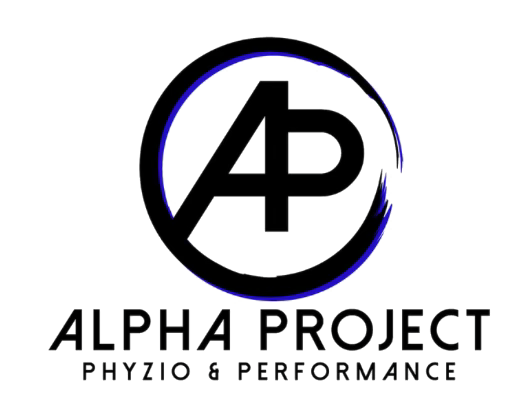Overhead Squat Mobility
Do you consider overhead squatting one of the hardest things in Crossfit? I sure do! There is good reason that overhead squats are so difficult. It is because they require a ton of strength and mobility throughout your whole body. By whole body I mean your shoulders, wrists, hips, knees and ankles. Let’s explore some of the mobility aspects further:
Shoulders: getting into the proper overhead positioning is key to having a successful overhead squat. The bar should be positioned over your head and ankles. If your shoulders do not have enough range of motion, the bar will be in front of your head and will pull the whole squat forward. This puts extra stress on your low back and shoulders and can lead to injury.
Hips: Hip mobility is essential to performing a proper deep squat. If you do not have enough hip mobility, you will likely be limited in overhead squatting the same way you are limited in doing a front squat or a back squat. This will cause you to stop your squat short or do compensatory movements to get deeper into your squat. These compensatory movements can become more dangerous if you are holding weight overhead.
Ankles: Ankle mobility is also essential to performing a deep squat. Similar to hip mobility, if you do not have enough ankle mobility, then getting into a deep squat will cause you to stop short or compensate. Again, when having a lot of weight on you and especially when it is overhead, bad mechanics can be a recipe for injury.
As you can see, overhead squatting is certainly a full body activity and requires proper mobility. And since there are so many things that can go wrong, it can be really hard to tell exactly what thing(s) you need to work on. This is why having your coach watch you is important, but going a step further and having a movement expert evaluate your squat is even better. Our team members at Alpha Project Phyzio are not only Maryland physical therapists, we’re also Crossfitters ourselves, and love to work with Crossfit athletes.
We have three locations in Gaithersburg, Frederick, and Columbia. If you are interested in having a sports performance PT evaluate your squat, identify what the problem is, and give you the tools to solve the problem(s) for the long-term, reach out to us and speak with one of our movement experts today!

